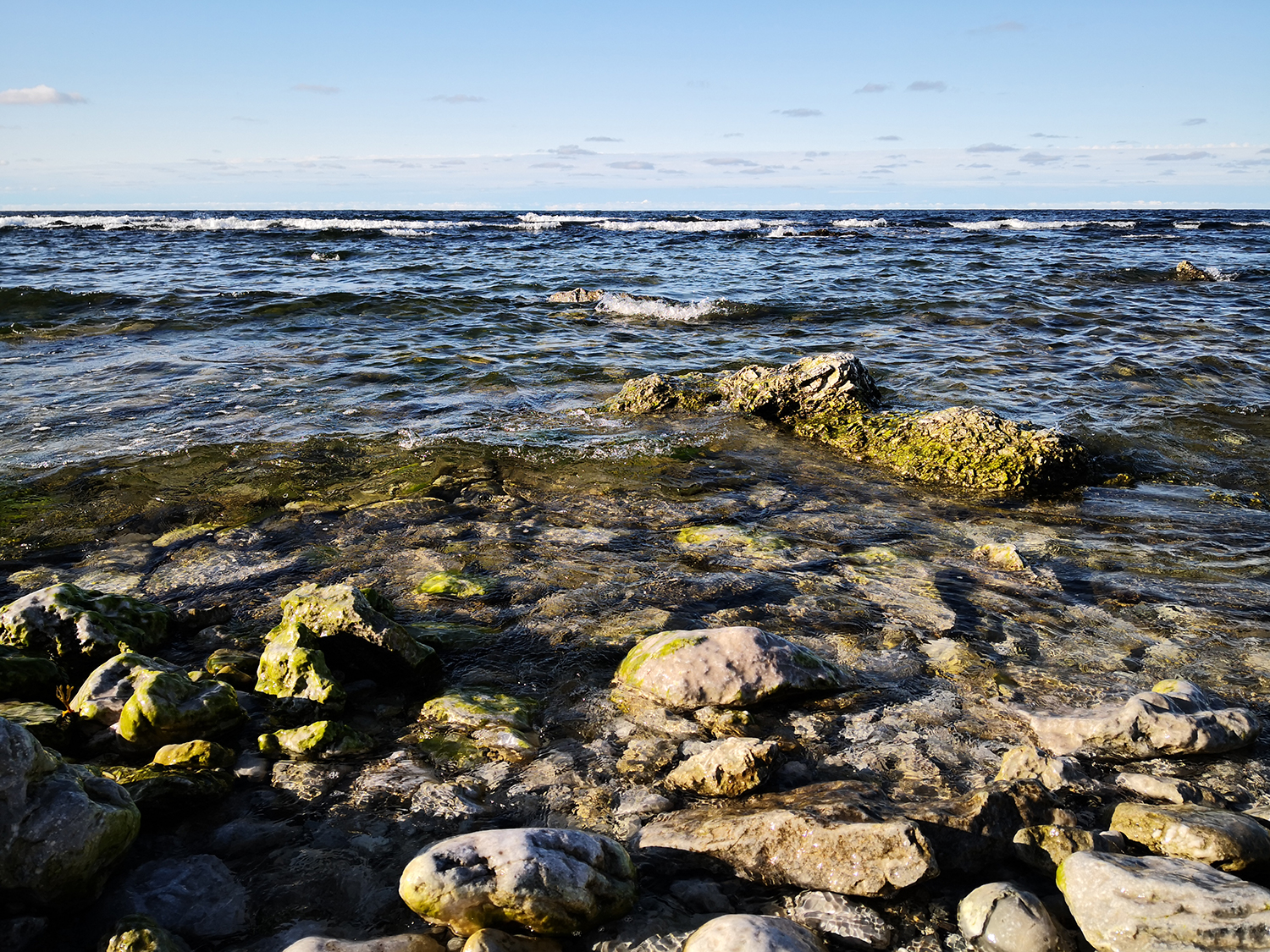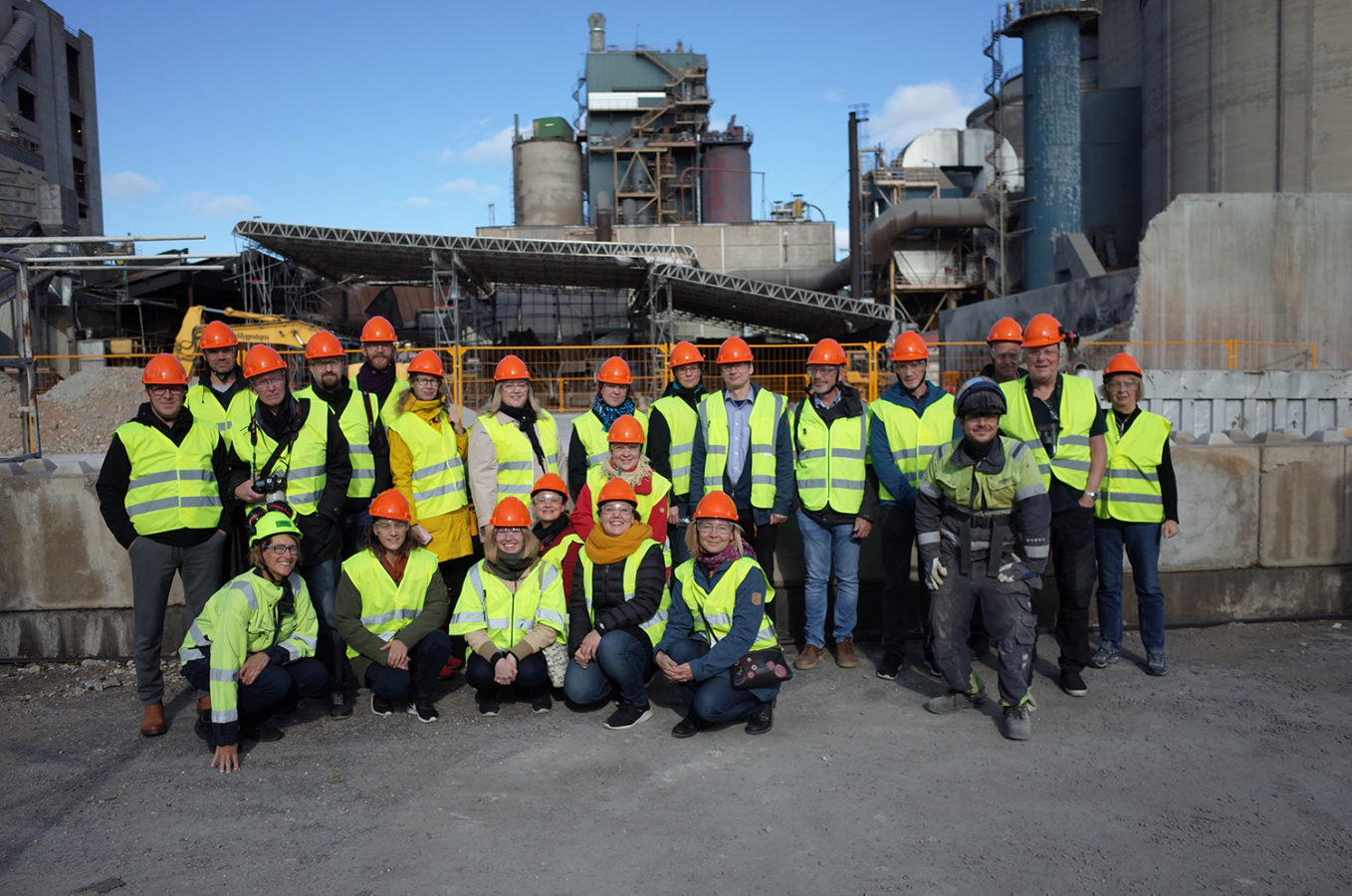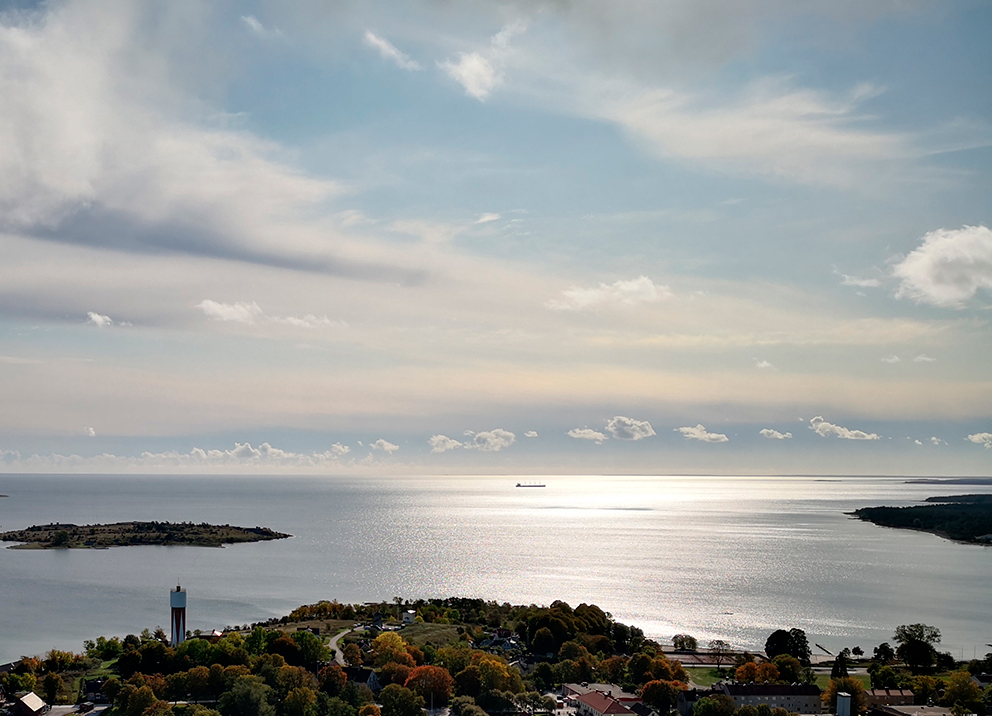
The SEABASED Project searched for solutions under the sea
The SEABASED Project is soon approaching its end and our final outputs are already on the way: results from pilots, and, maybe not as fascinating, yet equally important, the compilation of practical guidance including all lessons learned from the permitting processes, risk assessments and sustainable implementation of the piloted new water protection measures. In this blog post Project Manager Miina Mäki from the John Nurminen Foundation sums up the project’s highlights.
After three years of hard work in SEABASED, we will soon be ready for publishing the results from our field pilots – which have already raised a lot of interest throughout the project. We have also been often asked if we have already found the “silver bullet” to help the Baltic Sea and quickly solve the problem of eutrophication. The answer is clear: no, we have not, and nor has it been the aim or purpose of the project neither. One important goal of the SEABASED project has been to bring together various stakeholders with differing, or sometimes even polarized, opinions on the use of sea-based measures in marine water protection and advance the knowledge-based discussion on these novel methods. The main aim, however, has been to gather the knowledge that has been lacking on the new protection methods and convey it for further use to decision-makers and other actors working with Baltic Sea marine protection.
Important knowledge on the implementation of sea-based measures was gained from pilots
Modeling studies may give us a glance of the potential of such large-scale measures that could not be safely tested just for getting information on their effects in the marine environment. However, as there are still remarkable gaps in our knowledge on the processes deep down in the bottom of the Baltic Sea, and every model can only be as good as the data on which it is based on, modeling of large-scale measures leaves several questions without definite answers. Some of the measures, however, can be tested in the small, closed coastal bays suffering from anoxia and other severe consequences of eutrophication, and that has been done in SEABASED. When properly prepared, assessed and monitored, such tests might give us enough information to assess the potential of sea-based measures as part of the solutions to help the heavily eutrophied coastal areas to recover. Yet the results cannot be applied in every bay or to open water ecosystems, due to substantive dissimilarities in the ecology and bio-geochemical processes between different marine areas but the measures considered should always be site-specific.
I can nothing but admire the persistent work of our partners in their field pilots. They have been digging into totally new methods and techniques in different fields of science, carrying on their efforts even when facing numerous unpredictable challenges, and solving upcoming problems one after another. And, finally, found solutions and got results which, however, might have been something totally different from what was expected beforehand. All the work in the project pilots has brought us enormous amounts of new, useful information that would not have been got with any other means.

The SEABASED project team and steering group visited Cementa’s factory in Gotland in autumn of 2019. The team’s relentless work has now paid of with the results and information gathered from the pilots.
There are no shortcuts for the recovery of the Baltic Sea
Even though the silver bullet was not found, and not all the results from the pilots will be what we were maybe hoping for, we have been successful in fulfilling our most important goal. By providing information that has been lacking on the new protection measures, some of which have already for some years been presented as potential and efficient options for helping the Baltic Sea, the focus and money in the marine water protection can be aimed into efforts that will help the sea the most.
There are no shortcuts for the recovery of the Baltic Sea, but it will require continuous, efficient, and well-focused efforts for further reducing the load of eutrophying nutrients from land – however some of the sea-based solutions can also be cost-effective in reducing nutrients directly from the sea and, thus, support the process of recovery. Saving the Baltic Sea will not be an easy task, but a lot has been accomplished already, and we do believe it is possible. On that journey, knowledge on the right things to do is in the focus of everything.

There is still more work to be done, but we believe that it is possible to save the Baltic Sea. Photo: Kirsi Kurki-Miettinen


